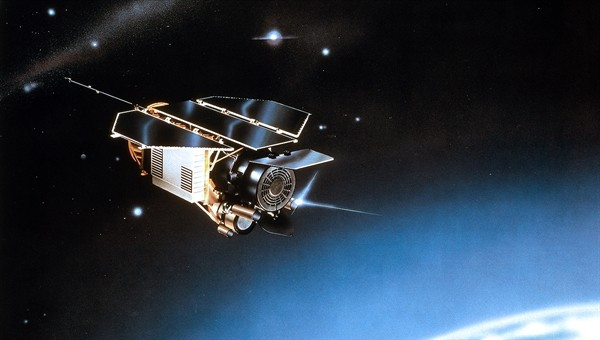German Satellite Crashes Somewhere in Asia

The defunct German research satellite ROSAT finally fell back to Earth somewhere in Asia over the weekend, but its exact whereabouts remain a mystery.
The minivan-sized satellite re-entered the Earth's atmosphere and crashed into the surface at a speed of up to 280 mph.
Most of the parts were expected to burn up upon re-entry, but as many as 30 fragments weighing a total of 1.87 tons could have reached the surface, according to the German Aerospace Center.
There have been no immediate reports of debris crashing into Earth, indicating that it did not hit a populated area, said agency spokesman Andreas Schuetz.
Jonathan McDowell of the Harvard-Smithsonian Center for Astrophysics in Cambridge, Mass., said two western Chinese cities with millions of inhabitants each, Chongqing and Chengdu, had been in the satellite's projected path during its re-entry time.
"But if it had come down over a populated area there probably would be reports by now," said McDowell, who tracks man-made space objects.
It is believed ROSAT would have entered the atmosphere between 9:45 and 10:15 p.m. Saturday EDT and would have taken 15 minutes or less to hit the ground.
The 2.69-ton ROSAT satellite was launched in 1990 and retired in 1999 after being used for research on black holes and neutron stars.
Even in its last few days, the satellite was still circling the planet every 90 minutes, making it difficult to predict where it would eventually fall.
However, a few hours before ROSAT entered the atmosphere, scientists said it was not expected to land in Europe, Africa or Australia.
A dead NASA satellite fell into the southern Pacific Ocean last month, causing no damage, despite fears it would hit a populated area and cause damage or kill people.
© Copyright IBTimes 2024. All rights reserved.






